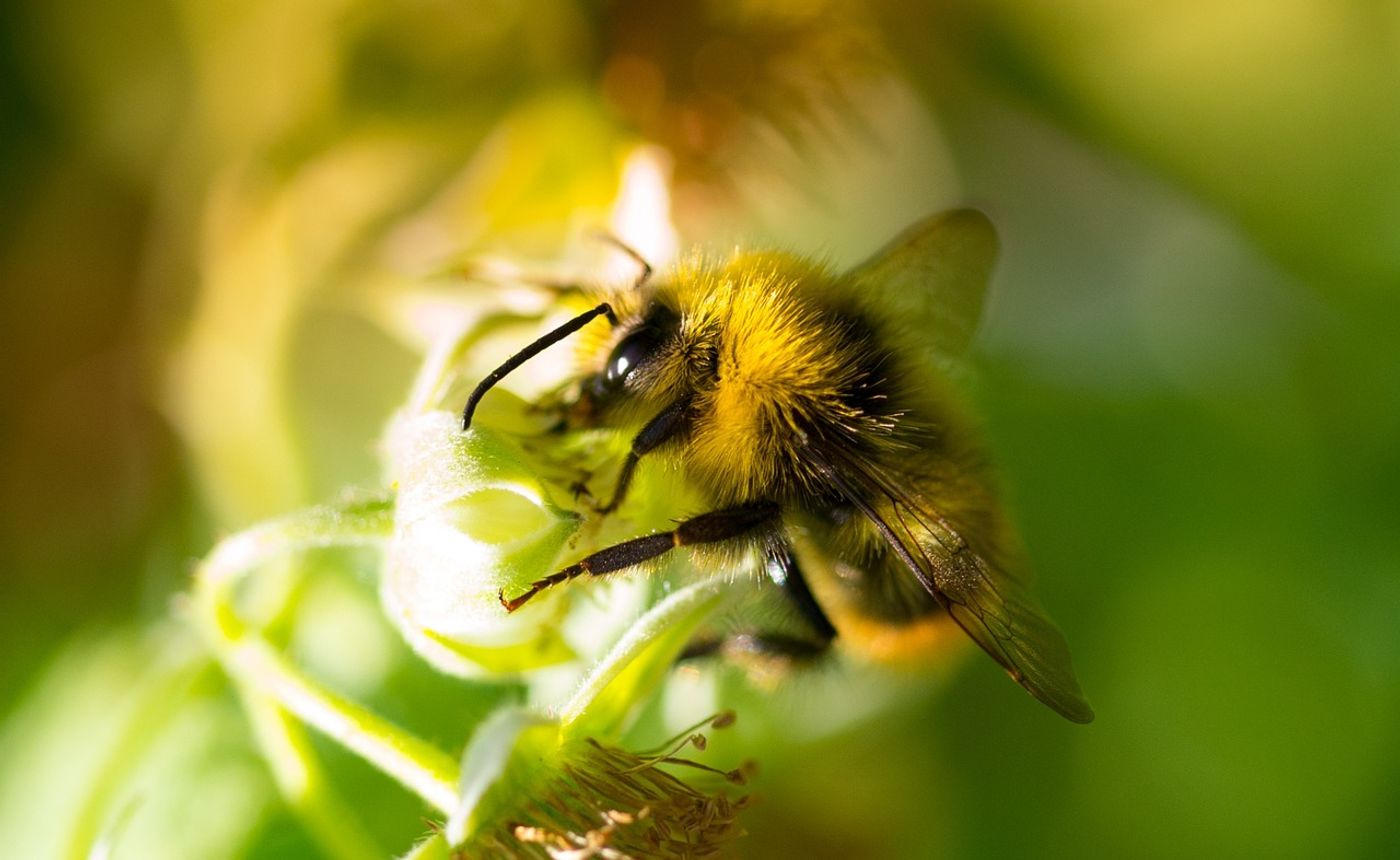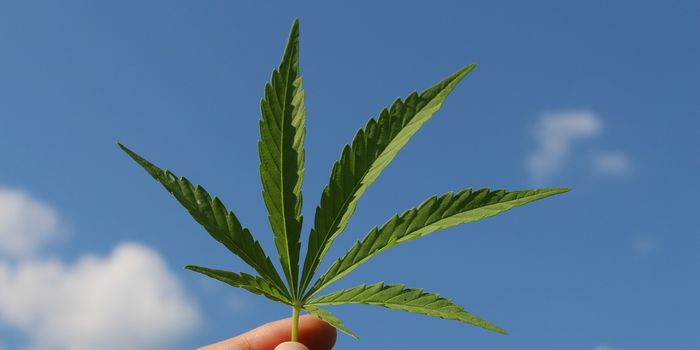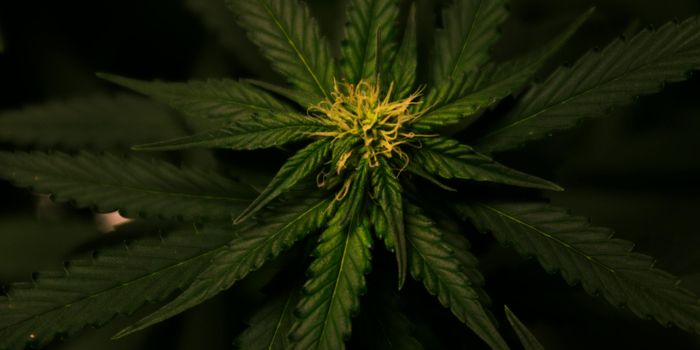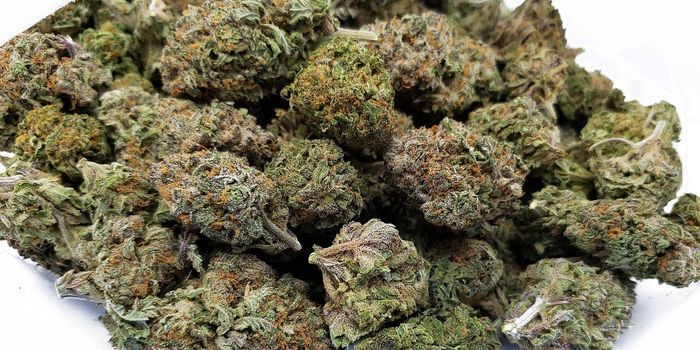Pesticides Negatively Impact Ovary Development in Queen Bumblebees
We’ve known for a while that pesticides can have a negative impact on living bumblebees, but new research diving into how they affect unborn bumblebees and the queen of the hive appears to be just as frightening.
Image Credit: Skitterphoto/Pixabay
The study, which was published in the Proceedings of the Royal Society B, reveals that the chemicals in certain pesticides cause issues for the development of the queen bee’s ovaries.
As a result, fewer eggs are being produced and fewer bumblebees are being born because of it. More strikingly, we have our very own anti-insect measures to blame for it.
The study looked at the effects of one pesticide in particular: neonicotinoid. The team looked into the effects of realistic amounts of the pesticide on 506 test subjects spanning four different bumblebee species captured near London and saw the same results in all of them across the board.
“We consistently found that neonicotinoid exposure, at levels mimicking exposure that queens could experience in agricultural landscapes, resulted in reduced ovary development in queens of all four species we tested,” explained study lead author, Dr Gemma Baron from the Royal Holloway University of London.
Importantly, the pesticides had a species-specific impact on the feeding habits of the bumblebees too:
“Impacts of neonicotinoid exposure on feeding behavior were species-specific, with two out of four species eating less artificial nectar when exposed to the pesticide. These impacts are likely to reduce the success of bumblebee queens in the spring, with knock-on effects for bee populations later in the year,” Baron continued.
Related: Can we save the bees?
While previous studies looking into the effects of pesticides on bumblebees do exist, they differ from this study because they spent more time looking at the worker class of bees rather than the queen.
Moreover, this study looked at the effects of pesticides on multiple bumblebee species, rather than one, which offers even more valuable data towards our understanding of pesticide impact on bumblebees.
Because the world is going through a somewhat alarming shortage of bumblebees right now, the use of pesticides is going through a lot of scientific examination at this point in time. With the first U.S.-based bumblebee officially joining the endangered species list, and no clear indication of things changing for the better, bumblebees just might be in some serious trouble.
Hopefully, with the backing of all this scientific evidence, governments will have what they need to better regulate pesticide use so that we can help save the bees. An even better solution would be to find a chemical that does away with the actual pests and leaves bumblebees unscathed completely.
For now, you can do nature a favor and encourage bee populations to multiply by planting more flowers, as habitat loss is another one of the leading reasons for the global decline in bumblebee populations.
Source: The Globe and Mail, Phys.org









